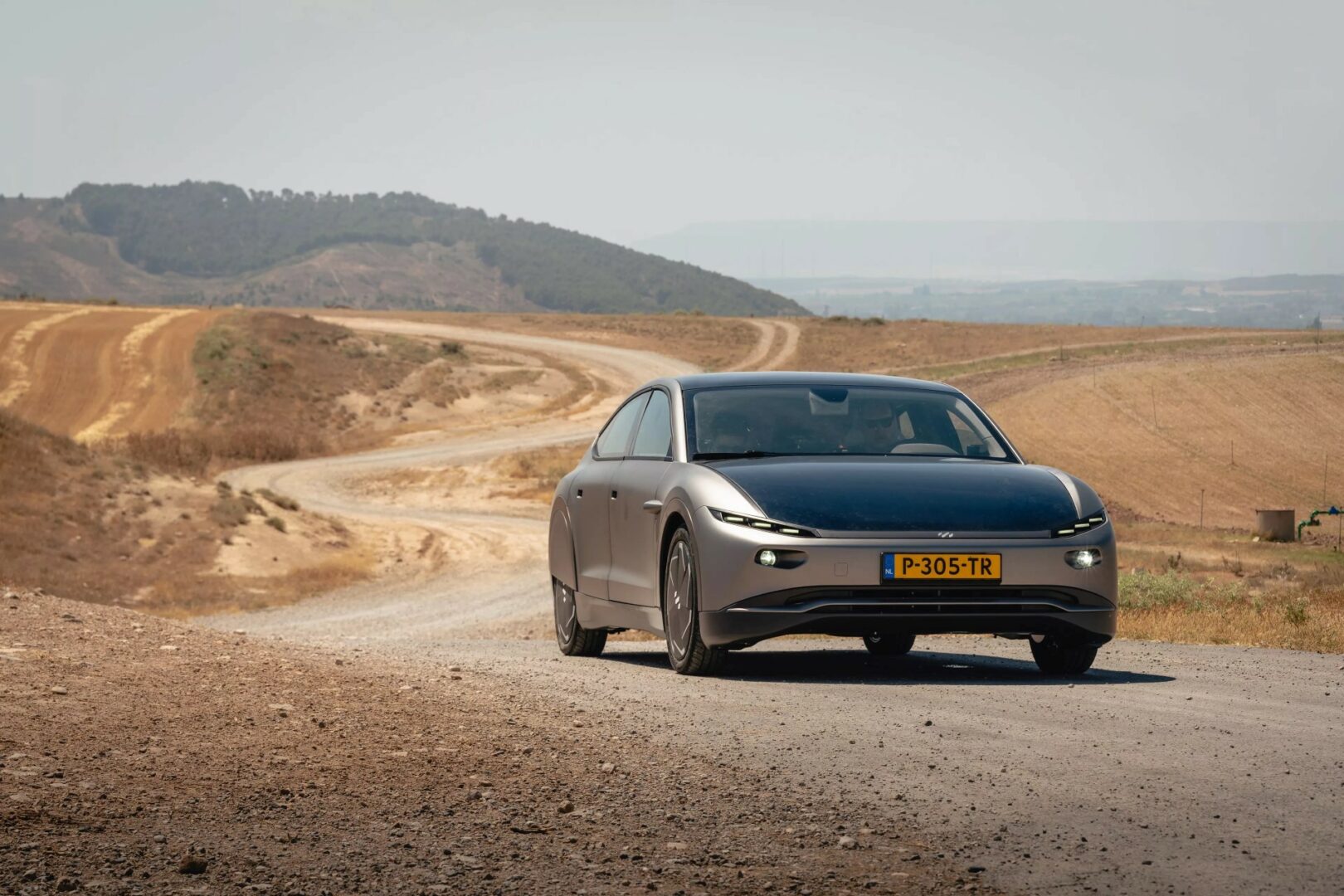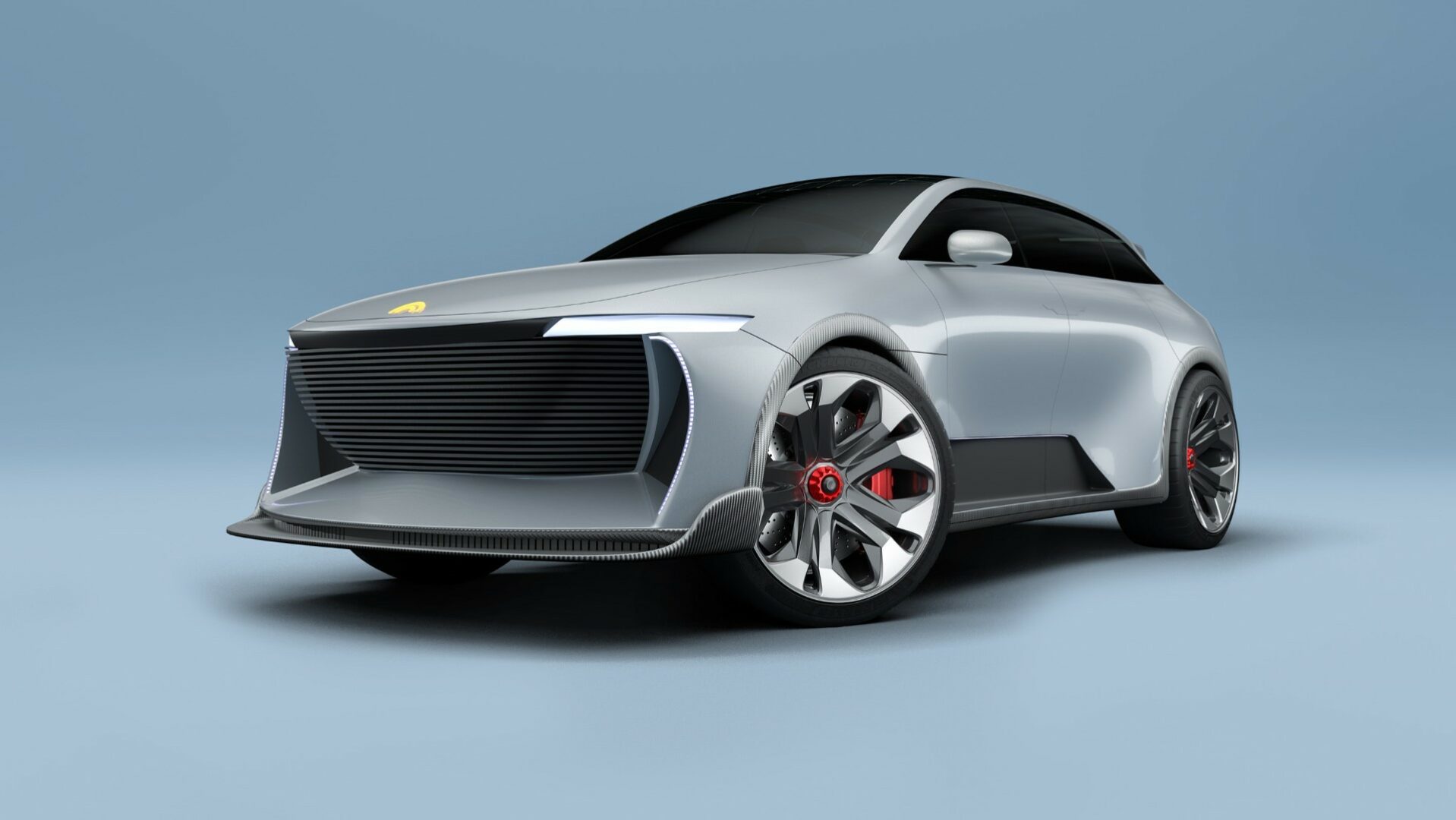More environmentally friendly electric vehicles and their technological possibilities have become part of everyday debates. However, solar energy batteries need to be charged in the main outlet.
These trends are overshadowed by the efforts to obtain electricity from a natural source – solar energy. Therefore, developing solar cars covered with photovoltaic panels is undoubtedly an interesting topic. Let us, therefore, look at the results of research and development centers that are fully committed to this issue.
The First Series
The Dutch company Lightyear introduced the first serial liftback labeled Lightyear 0. It is a five-meter vehicle with a jet body covered with solar panels with an area of 5m2. The air resistance coefficient reaches the value of 0.19. The vehicle’s weight is only 1575 kg, the battery has a capacity of 60 kWh, and the manufacturer states that the speed is 110 km/h. The driving range is 625 km (electricity consumption at full charge is only 10.5 kWh/100 km). The drive is provided by four electric motors stored in the wheels (combined power 130 kW/177 hp), the acceleration from 0 to 100 km/h is 10 s, and the maximum speed is 160 km/h. Charging from a regular network guarantees a range of 32 km in an hour, and the fast charger obtains a capacity of 520 km. More importantly, the energy from solar cells can provide a range of up to 70 km in ideal conditions in one day. The manufacturer states that it is possible to carry out solar energy from 6 to 11 thousand kilometers per year, depending on the weather and climate zone. Lightyear 0 will be sold for 250 thousand euros, and you can get one of the 946 pieces produced. However, the good news is that a more affordable solar vehicle for only 30 thousand euros is also being prepared (at the turn of 2024/2025).

Exciting Parameters
Another young company with an ambition to market cars fitted with solar cells is the Californian Humble. The electric vehicle Humble One is covered with solar panels with an area of 7.4m2. Depending on the conditions, they should receive daily energy for driving from 16 to 100 km. The car achieves an air resistance coefficient of 0.25. The maximum drive power is 753 kW (1025 hp), and the range should reach 800 km to be fully charged from the main outlets. The vehicle is scheduled to start production in 2024 and will reach customers in 2025 as planned. Therefore, developers still have some time to fine-tune the car. The estimated price is about $100,000 without tax.

Mass Production
The German Sono Motors introduced the production of the solar car Sion. The manufacturer states that it will be the first affordable series solar vehicle. The production is scheduled for the end of next year. An electric motor provides the drive power of 120 kW (163 hp) and a torque of 270 Nm. A rechargeable battery provides electricity supply with a capacity of 54 kWh. The range at full charge reaches the value of 305 km. The top speed is 140 km/h, and the acceleration from 0 to 100 km/h occurs in about 9 seconds. According to the technical specifications, solar panels, made up of 456 cells, can supply energy for a range of 112 km to 245 km per week (of course, depending on the conditions in which the vehicle is located). The producer also claims that in German urban conditions, some owners will use classic charging up to 4 times less often, which will more accurately verify the practice.

Text: Peter Stano, photo: Lightyear, Humble Motors, Sono Motors













